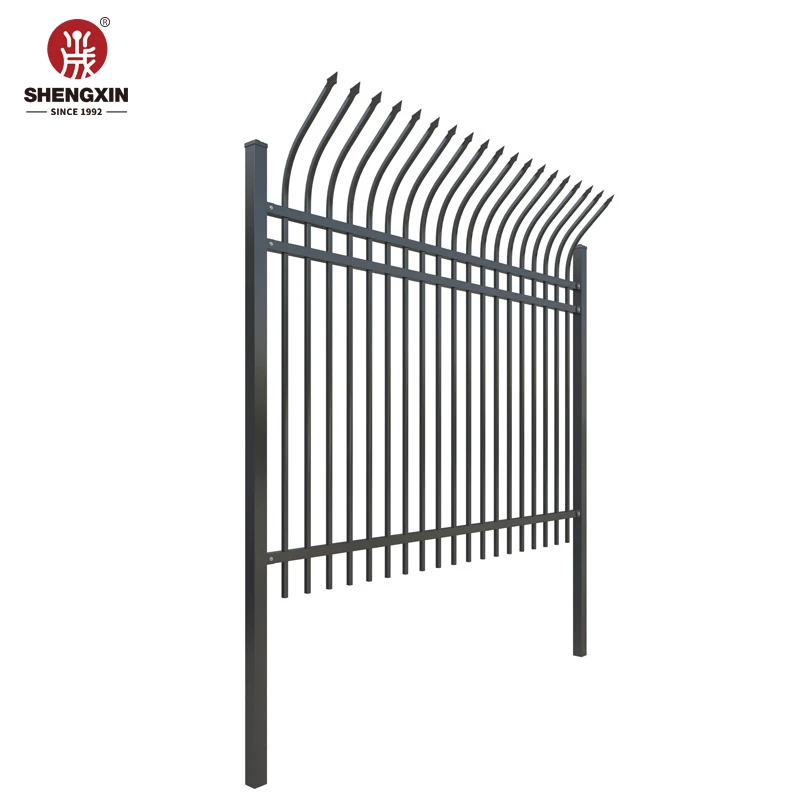
Oct . 14, 2024 04:35 Back to list
Efficient Packing and Shipping Solutions for Custom Chain Link Fences
Custom Chain Link Fence Packing and Shipping Guide
When it comes to securing your property, chain link fences are a reliable choice. They provide security while still allowing visibility, making them perfect for residential, commercial, and industrial applications. However, once you've chosen your custom chain link fence, the next steps are packing and shipping to ensure it arrives at your location in perfect condition. This article provides a comprehensive guide on the best practices for packing and shipping custom chain link fences.
Understanding Custom Chain Link Fences
Before diving into the logistics of packing and shipping, it’s essential to understand what a custom chain link fence entails. These fences can be tailored in various heights, gauges of wire, and coatings (such as galvanized or vinyl). Customization also includes the inclusion of accessories like gates, slats for privacy, and specific fittings. The complexity of the order can affect how the fence is packed and shipped, underscoring the importance of proper procedures.
Packing Your Chain Link Fence
1. Materials Needed - Protective Wrap Use bubble wrap or foam to protect vulnerable parts of the fence. - Tarps or Heavy-duty Plastic Sheets These are ideal for larger rolls of fencing to shield them from moisture and dirt. - Boxes or Crates Customized boxes or wooden crates can add an extra layer of protection, especially for smaller components like gates and fittings. - Strapping or Binding Tools Secure your fence rolls and individual panels tightly to avoid any movement during transport.
2. Steps for Packing - Disassemble, if Necessary If your custom fence consists of multiple components, disassemble parts that can be easily taken apart. This will save space and make it easier to handle during shipping. - Wrap Individual Components Take extra care with sharp edges, especially on corner posts and gates. Wrap these with protective materials to avoid damage and injury. - Roll and Secure Roll the chain link fabric tightly and secure it with strapping, ensuring it does not unroll during shipment. - Labeling Clearly label each package with the contents inside. This will assist in easy identification and facilitate smoother unloading upon arrival.
Shipping Your Chain Link Fence
custom chain link fence packing&shipping

Once your fence is packed, you need to consider the shipping methods and logistics to ensure prompt delivery without damage
.1. Choosing a Shipping Method - Freight Shipping For large orders, freight shipping is often the most economical choice. This method allows you to transport heavier materials securely. - LTL (Less Than Truckload) If your shipment does not fill an entire truck, consider LTL services that cater to smaller loads.
2. Scheduling Pickup and Delivery - Coordinate with your shipping provider to schedule a pickup that aligns with your timeline. Providing clear instructions and appropriate documentation can help expedite the loading process.
3. Tracking Your Shipment - In today’s digital age, most shipping companies provide tracking services. Utilize this to monitor your shipment and anticipate its arrival.
4. Insurance - Always consider purchasing insurance for high-value shipments, especially if the custom fence represents a significant investment. This safeguards against unforeseen damage or loss during transit.
Final Thoughts
Packing and shipping custom chain link fences may seem daunting, but with proper planning, it can be a straightforward process. By securely packing your products and choosing the right shipping methods, you ensure they arrive safely and in ready-to-install condition. Always keep in communication with your supplier to ensure that any unique aspects of your order are effectively managed throughout the shipping process. With these guidelines, you can expect a smooth experience from the factory to your property, allowing you to focus on what truly matters—securing the space you care about.
In conclusion, whether your project is large or small, understanding the intricacies of packing and shipping custom chain link fences will save you time, effort, and potential headaches. Don’t underestimate the importance of these steps, as they are crucial for protecting your investment and ensuring your project’s success.
-
Premium ODM 7' Security Fence - High-Security & Durable
NewsAug.01,2025
-
Powder Coated Double Wire Mesh Fence for Germany Market - Anping County Shengxin Metal Products Co., Ltd.
NewsJul.31,2025
-
Powder Coated Double Wire Mesh Fence - Anping County Shengxin Metal Products Co., Ltd.|Durable, Corrosion-Resistant, Customizable
NewsJul.31,2025
-
Powder Coated Double Wire Mesh Fence - Anping County Shengxin Metal Products Co., Ltd | Durable Corrosion Resistant Fencing
NewsJul.31,2025
-
Powder Coated Double Wire Mesh Fence - Anping County Shengxin Metal Products Co., Ltd | Durability, Corrosion Resistance
NewsJul.31,2025
-
Privacy Chain Link Fence Slats | Durable Solutions
NewsJul.31,2025
